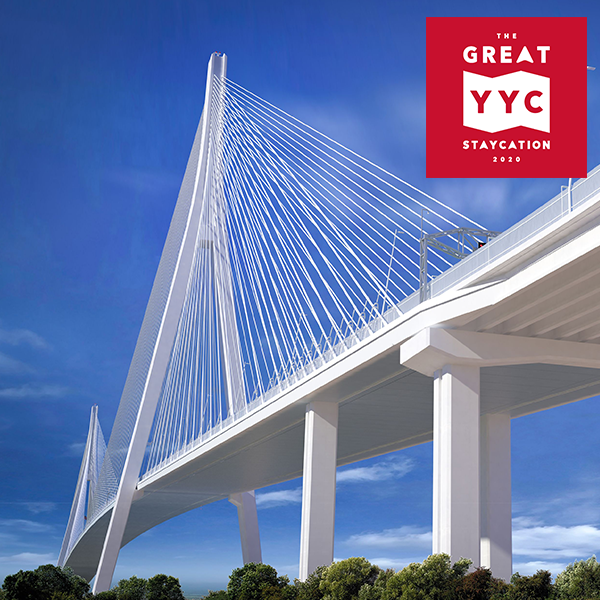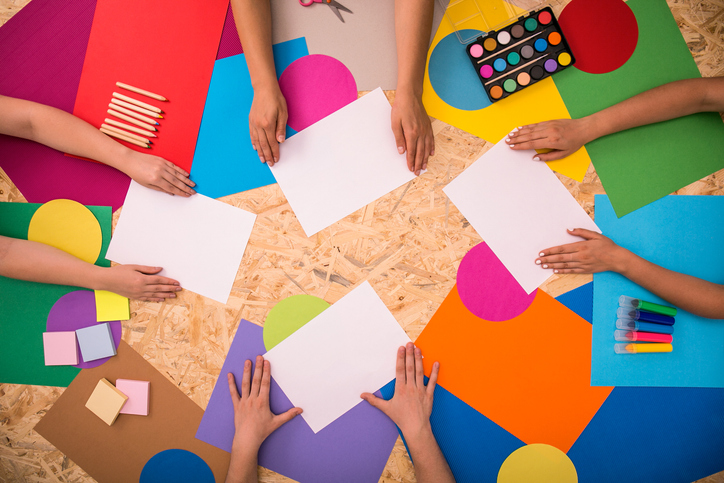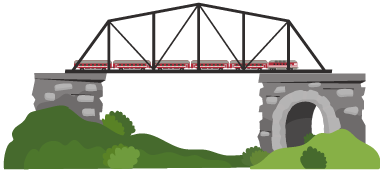Build a Paper Bridge

Gordie Howe International Bridge: Fluor Project Between Detroit, Michigan and Windsor, Ontario (© Fluor. Used with permission).

Gordie Howe International Bridge: Fluor Project Between Detroit, Michigan and Windsor, Ontario (© Fluor. Used with permission).



